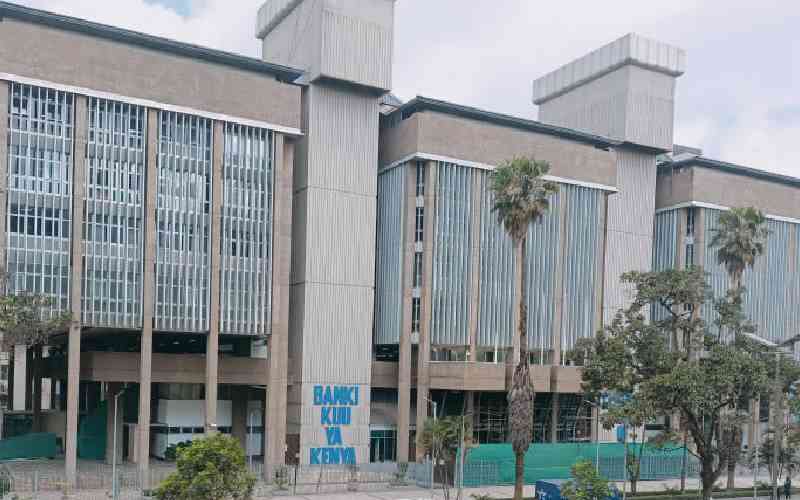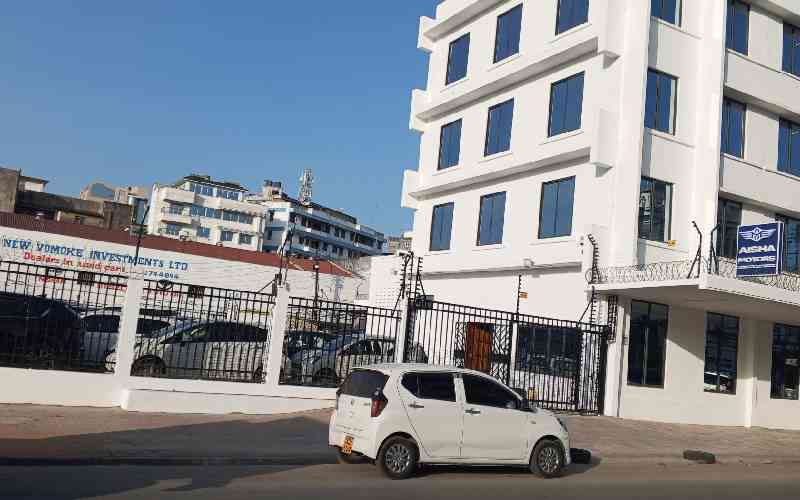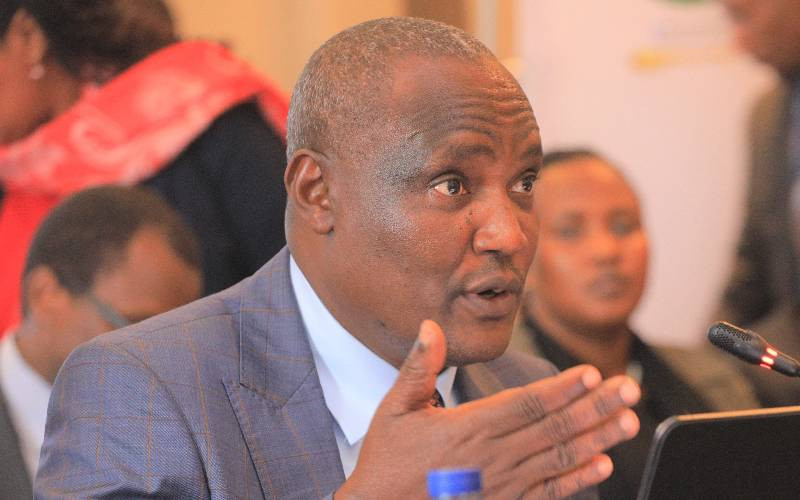×
The Standard e-Paper
Stay Informed, Even Offline

A slowdown on signing new power purchase agreements (PPAs) with private power producers could leave the country severely short of its energy needs as controversy rages over the 'expensive' contracts Kenya Power has with the firms.
The Ministry of Energy has noted that at the moment, there is minimal activity in building of new power plants, which it said was due to freeze on new PPAs.







